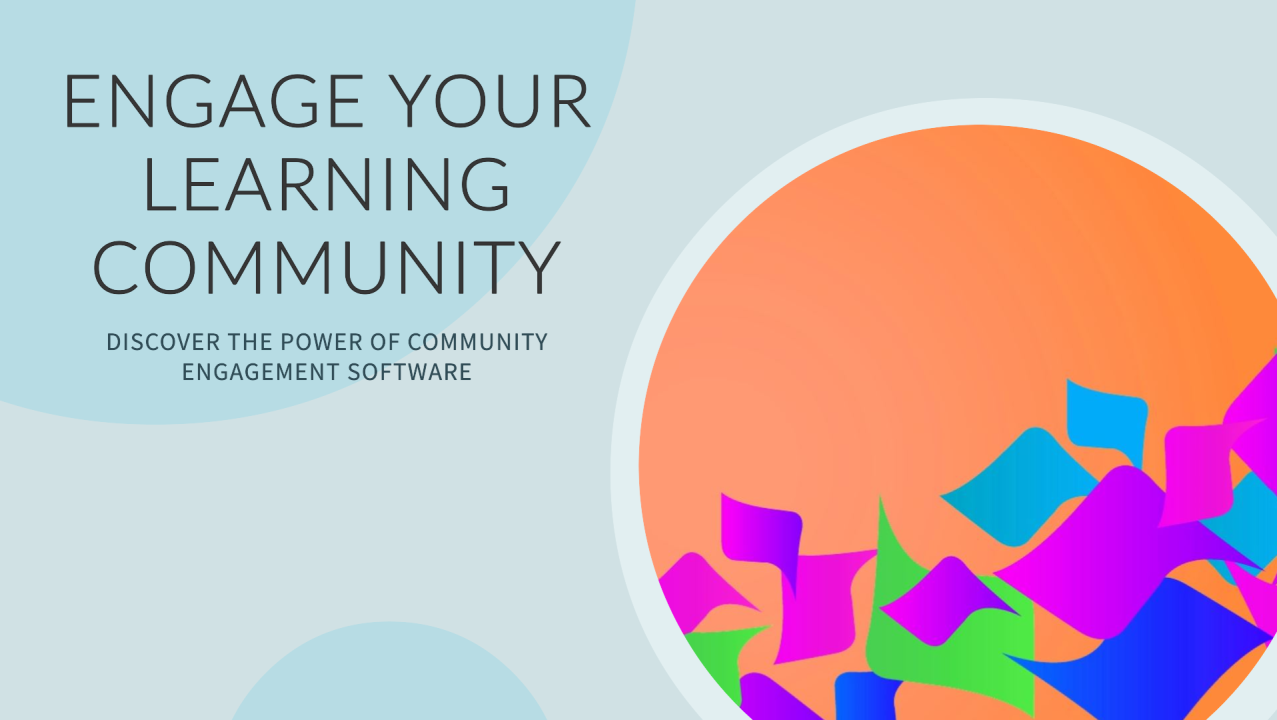
Numerous research studies show that effective learning in organisations comes from three areas: experiential learning (real-world tasks) making up the bulk; social learning (interactions with others) following in second place; and structured, formal education in last place and making up just a small percentage of how we learn.
This is why LMS products, traditionally focussed on formal courses and completions, have gradually modernised over time to support informal learning methods and tools, resulting in the emergence of new product subcategories like Learning Experience / Engagement Platforms. But in the same way that HR Suites like Workday tag on Learning modules to their offering and do it very badly, many LMSes tag on social and experiential features and do that pretty badly too. This can make it quite difficult for organisations to run good quality, blended learning programmes that incorporate all three areas.
While doing some market research for a customer recently, I noticed an emerging product category that may align much better with how people actually learn in organisations. Community engagement platforms have been building a presence for some years in the B2C market, often helping self-employed coaches and experts to sell their expertise through short courses and coaching, and supporting their customer communities with regular content like blogs, podcasts and videos, group sessions and one-to-one chats. These platforms have been quietly growing in capability in recent years, with many now squarely targeting organisational learning, an obvious adjacent market for them to enter as the B2C market gets more competitive and as their products mature.
Community engagement platform features
Coming from a B2C background, community engagement platforms excel in supporting experiential and social learning alongside content creation tools, which may make them a more holistic and engaging option for modern learning environments that encourage continuous learning through real-world tasks and social interaction. If this product category is new to you, here’s a look at the capabilities common to these systems. The list was generated by copying all of the feature lists from their websites, which was then summarised and categorised by ChatGPT, followed by some human refinement and checking. You’ll quickly see that this feature set is a pretty good match for most LMS implementations. I’ve not listed non-functional features but they do have enterprise-level offerings with the SLAs and customer support you’d expect, and what is really attractive is that none of them have per-user licensing, instead opting for tiered (feature-based) pricing with unlimited users.
1. Experiential Learning:
Interactive Forums: Facilitating discussions and real-time problem-solving, helping users learn through direct engagement with their peers.
Project Collaboration: Allowing users to work on shared projects, providing hands-on experience and promoting active learning.
2. Social Learning
Social Networking: Enabling users to create profiles, follow each other, and build networks, fostering a collaborative learning environment.
Mentorship and Coaching: Supporting informal learning through mentoring relationships and peer coaching.
3. Content Creation and Management
Multimedia Support: Diverse content formats including video, audio, and interactive media to enrich the learning experience.
Integrated Content Editors: Allowing users to create and share content directly, supporting the flow of knowledge and expertise.
4. Engagement Tools
Gamification: Badges, points, and leader boards to motivate learners and make the learning experience engaging.
Live Events and Webinars: Live sessions, workshops, and webinars to engage users in real-time and provide dynamic learning experiences.
5. User Experience
Intuitive Interface: User-friendly and visually appealing, which enhances engagement and usability.
Mobile Access: Accessible on mobile devices for on-the-go learning.
6. Administration and Analytics
User Management: Efficiently managing user roles, permissions, and groups to facilitate learning communities. Gone are the days of per-user licensing, these products all offer a one-off, annual subscription fee for unlimited users.
Analytics and Reporting: Tracking engagement metrics, content usage, and community growth to assess learning impact.
Try one of these as a wildcard entry on your next RFP!
These are some of the most established community engagement platforms in the corporate SaaS space. I’m not connected to any of them in any way, these aren’t paid referral links. But if you’re looking for an LMS right now, I do recommend having a look at some of these and comparing your requirements against their features when shortlisting. The beauty of community systems is also that you can hopefully find a free community running one of these platforms, which neatly bypasses having to deal with sales people!
- Bettermode – bettermode.com
- Circle – circle.so
- Disciple – www.disciple.community
- Hivebrite – hivebrite.io
- Invision – invisioncommunity.com
- Mighty Networks – www.mightynetworks.com
- Participate – www.participate.com